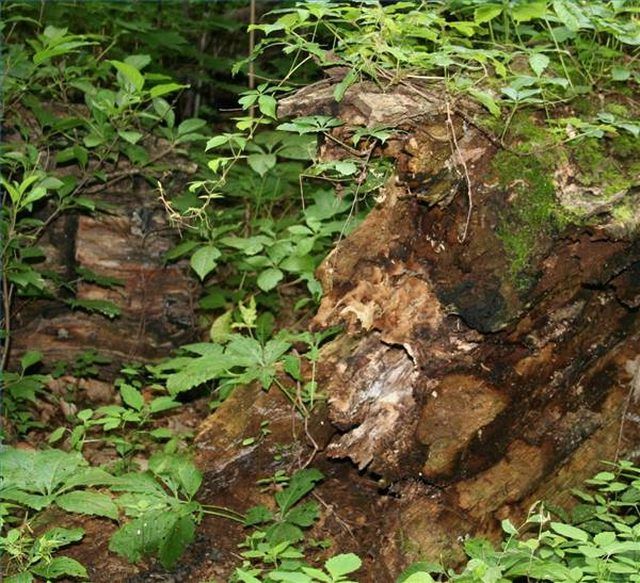Bulbs
Flower Basics
Flower Beds & Specialty Gardens
Flower Garden
Garden Furniture
Garden Gnomes
Garden Seeds
Garden Sheds
Garden Statues
Garden Tools & Supplies
Gardening Basics
Green & Organic
Groundcovers & Vines
Growing Annuals
Growing Basil
Growing Beans
Growing Berries
Growing Blueberries
Growing Cactus
Growing Corn
Growing Cotton
Growing Edibles
Growing Flowers
Growing Garlic
Growing Grapes
Growing Grass
Growing Herbs
Growing Jasmine
Growing Mint
Growing Mushrooms
Orchids
Growing Peanuts
Growing Perennials
Growing Plants
Growing Rosemary
Growing Roses
Growing Strawberries
Growing Sunflowers
Growing Thyme
Growing Tomatoes
Growing Tulips
Growing Vegetables
Herb Basics
Herb Garden
Indoor Growing
Landscaping Basics
Landscaping Patios
Landscaping Plants
Landscaping Shrubs
Landscaping Trees
Landscaping Walks & Pathways
Lawn Basics
Lawn Maintenance
Lawn Mowers
Lawn Ornaments
Lawn Planting
Lawn Tools
Outdoor Growing
Overall Landscape Planning
Pests, Weeds & Problems
Plant Basics
Rock Garden
Rose Garden
Shrubs
Soil
Specialty Gardens
Trees
Vegetable Garden
Yard Maintenance
Five Stages of Plant Succession
Five Stages of Plant Succession. Herbaceous plants form the first stage of plant succession following a disturbance. Flowering plants and grasses are usually the first plants to emerge following forest clearing or plowing a field. Ferns and vines often emerge first following a fire.
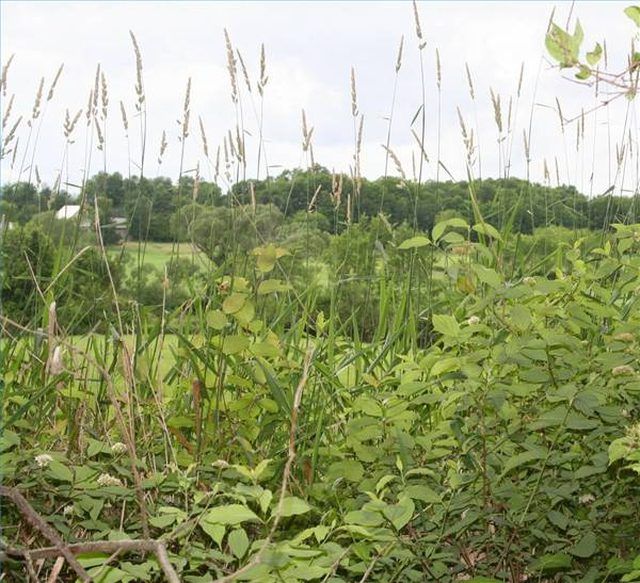
Herbaceous plants form the first stage of plant succession following a disturbance. Flowering plants and grasses are usually the first plants to emerge following forest clearing or plowing a field. Ferns and vines often emerge first following a fire.
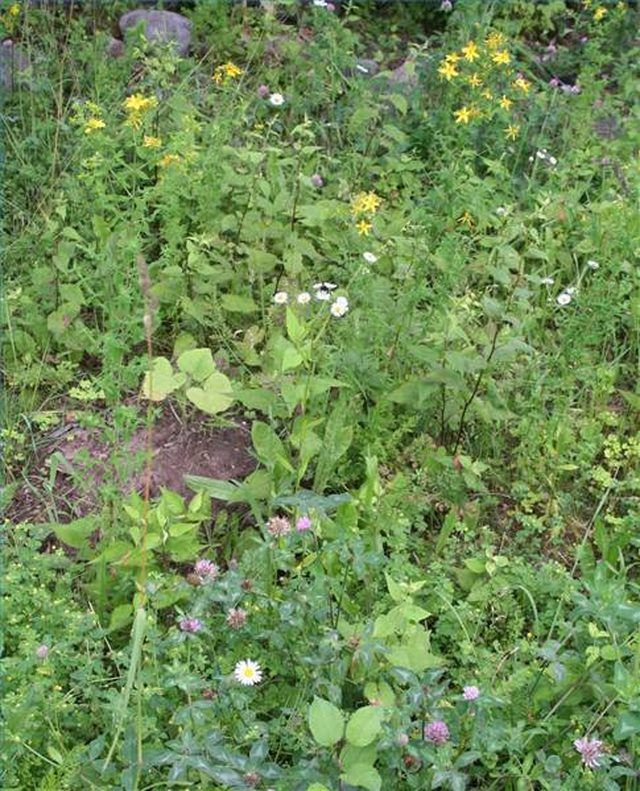
The shrub stage follows the herb stage in plant succession. Cane plants such as berries, woody-stemmed shrubs and small, sun-loving trees such as cedars spring up from the ground that has been stabilized by the herbaceous plant layer. Young white pines, aspens, and birches begin to appear as the shrub stage transitions to a young forest.
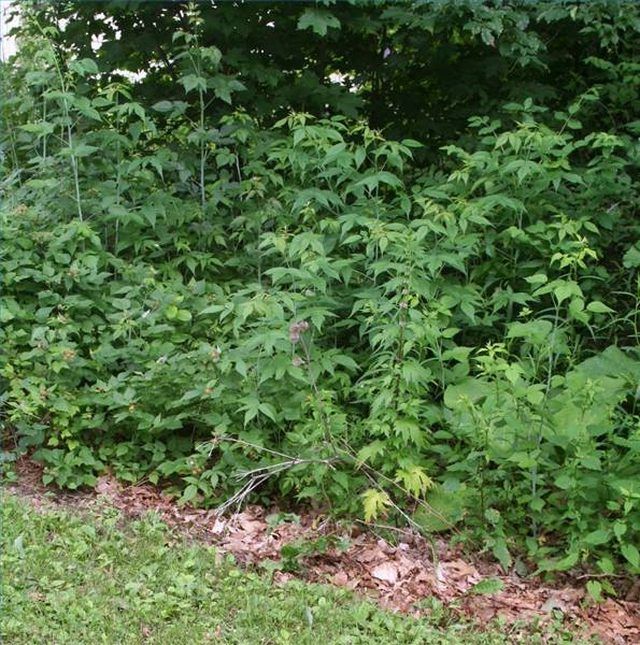
The young forest stage is characterized by thick growth of thin-trunk young trees. Aspens and birch are followed by specimens of maple, pine, and other species depending on the forest location and climate. Young forest trees climb quickly skyward, attempting to out-compete one another for sunlight. Slower trees are shaded out by their faster-growing neighbors and die off as the system moves toward the mature forest stage.
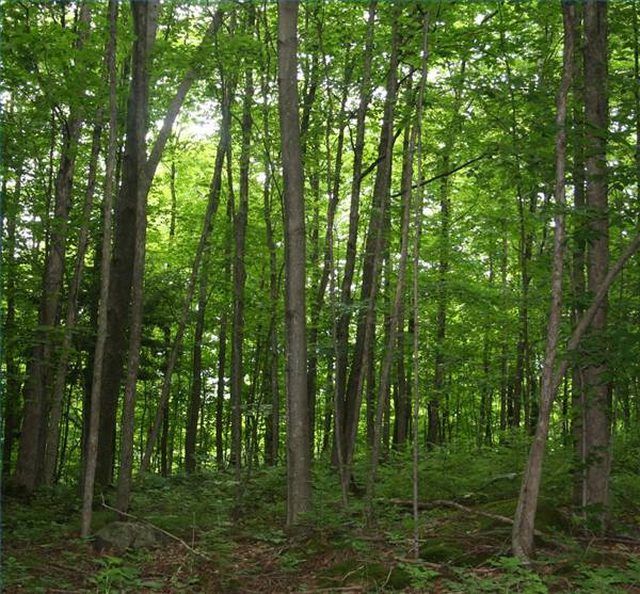
A mature forest includes diverse species of diverse ages, from ground cover and undergrowth plants to trees with low, mid- and upper-story canopies. Sun-loving successional varieties such as birch and aspen will die off, and varieties of hardwoods and straight-trunk conifers that need protected shade to germinate and grow will begin to dominate the forest system.
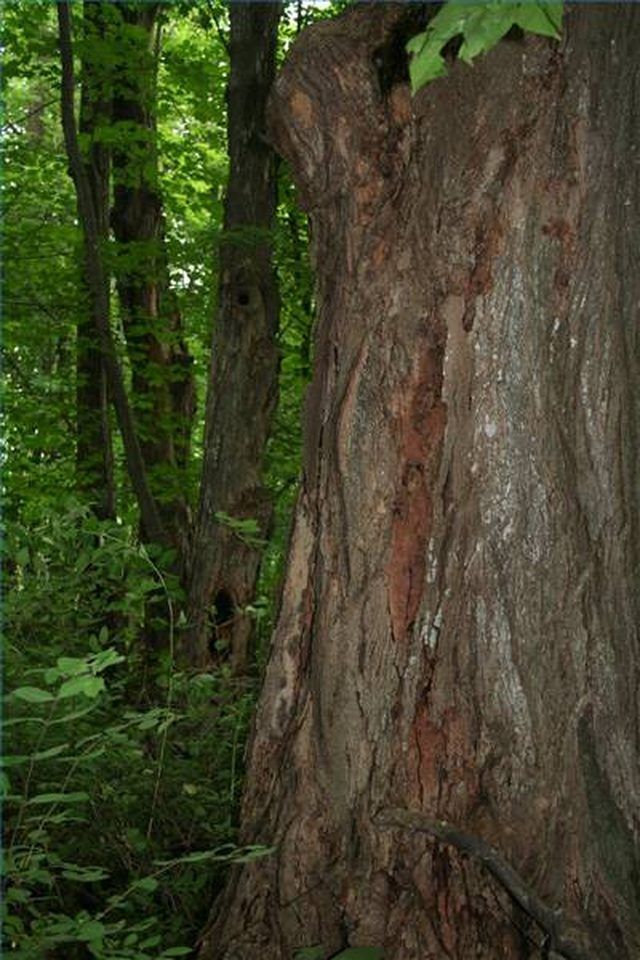
A climax or "old growth" forest is not an even-age forest of enormous old trees. Rather, a climax forest is the most diverse forest system. Trees left undisturbed to reach their full life span will then die and fall, serving as 'nurse trees' to new growth. This creates sunlit openings in the canopy that foster herbaceous growth, starting the stages of plant succession over again in a patchwork throughout the forest. Forests rarely reach the climax stage because disturbances such as fire, clearing, or timber management usually interrupt succession at the mature forest stage.
